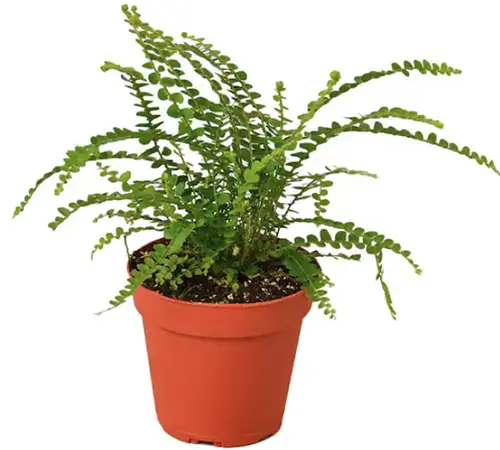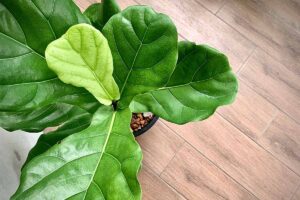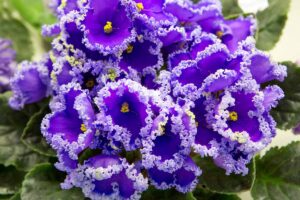Nephrolepis cordifolia ‘Duffii’
As a miniature version of Nephrolepis cordifolia, the lemon button fern certainly puts the “fun” in “fun-size.”
But I’ll admit that “fun-size” ain’t always the most fun. Exhibit A: fun-size candy bars given out on Halloween, versus the full-size version. But in the case of ‘Duffii,’ its diminished dimensions are a significant upgrade.

We link to vendors to help you find relevant products. If you buy from one of our links, we may earn a commission.
Little houseplants are often underrated. They can be a boon to those with itty-bitty digs, as well as those with living spaces that look less like a home and more like a tropical jungle already!
If your place is packed to the gills with greenery, the lemon button fern is the perfect specimen to put in those plantless nooks and crannies where larger houseplants won’t fit.
Alternatively, its small footprint comes in handy for inserting in spaces where maybe you don’t want to advertise your plant obsession so publicly.
I mean, I couldn’t possibly have a houseplant addiction if the laundry room is hiding just one little fern… right?
This guide provides the perfect lemon button fern crash course – from propagation protocols to health care, our curriculum is comprehensive.
Here’s the syllabus:
What You’ll Learn
What Are Lemon Button Ferns?
N. cordifolia ‘Duffii’ is a dwarf variety of the standard N. cordifolia, aka the fishbone or tuberous sword fern. Some folks may call ‘Duffii’ a baby Boston fern, but they’d be mistaken.

The pinnae – or leaflets on a frond – in N. cordifolia are straighter and bear more blunted tips than that of N. exaltata.
Additionally, the thumb-looking indusia of fishbowl fern pinnae are more rounded and jut out less than Boston fern indusia.
Moving on to how ‘Duffii’ differs from a standard N. cordifolia… For starters, ‘Duffii’ is smaller and more compact.
It has short, button-shaped pinnae and reaches a maximum height and spread of 12 inches. The fishbone fern, on the other hand, is triple the size in either dimension.
‘Duffii’ foliage is also a bit more of a golden yellow in color when compared to the light green hues of the fishbone fern.
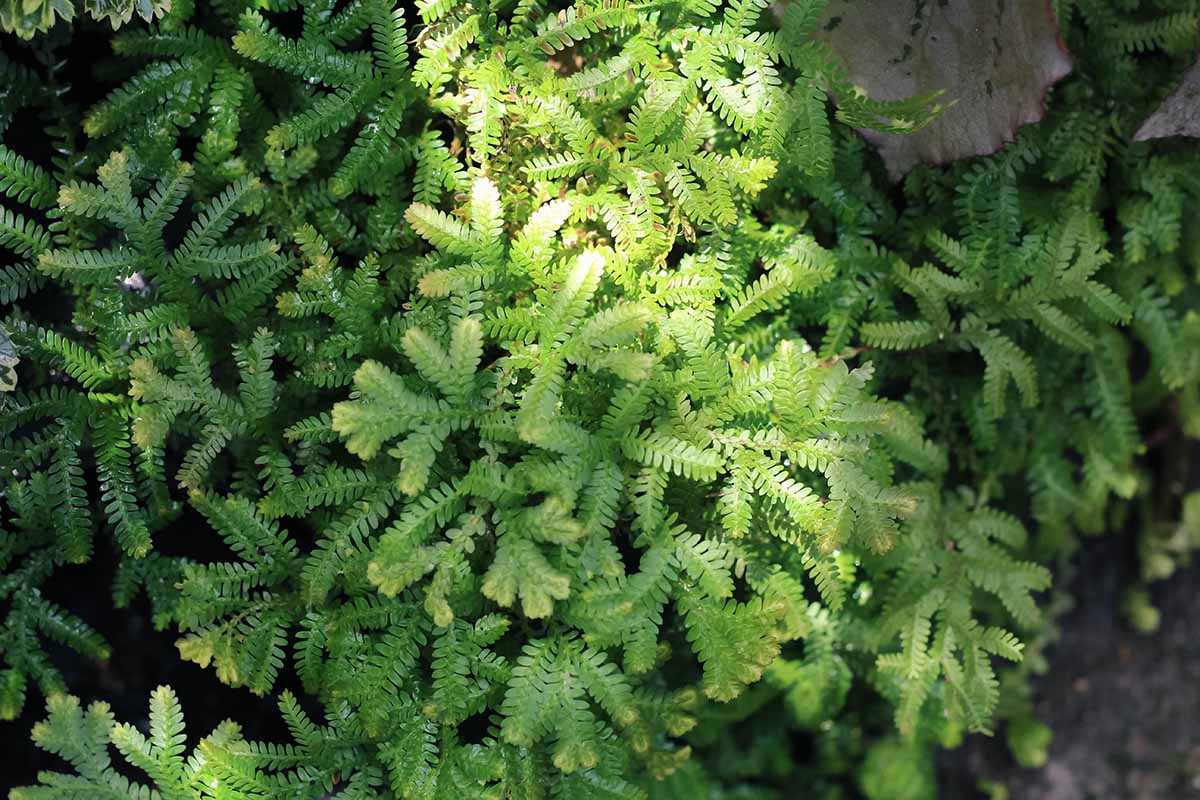
Finally, ‘Duffii’ actually has a faint, citrusy aroma that’s further amplified when you crush the foliage. That, along with the color, explains the “lemon button” moniker.
Best grown in USDA Hardiness Zones 8 to 10 for outdoor cultivation, the lemon button fern can trace its rhizomatous roots back to the fishbone fern, which hails from the tropical regions of Asia, Australia, and the Americas.
Along with growing wild throughout these areas, ‘Duffii’ is cultivated today as a beloved houseplant and terrarium planting.
Propagation
When life gives you lemon button ferns… you make more of ’em!
Spore propagation, cutting away runners, division, and transplanting are all awesome ways to end up with more ‘Duffii’ specimens.
Via Spores
Many folks have a healthy fear of spores, especially after enduring a few harrowing experiences with moldy leftovers.
But the spores produced by a lemon button fern are no cause for alarm, and these are not fungal. The process of coaxing them into producing fully mature flora is actually quite fascinating!
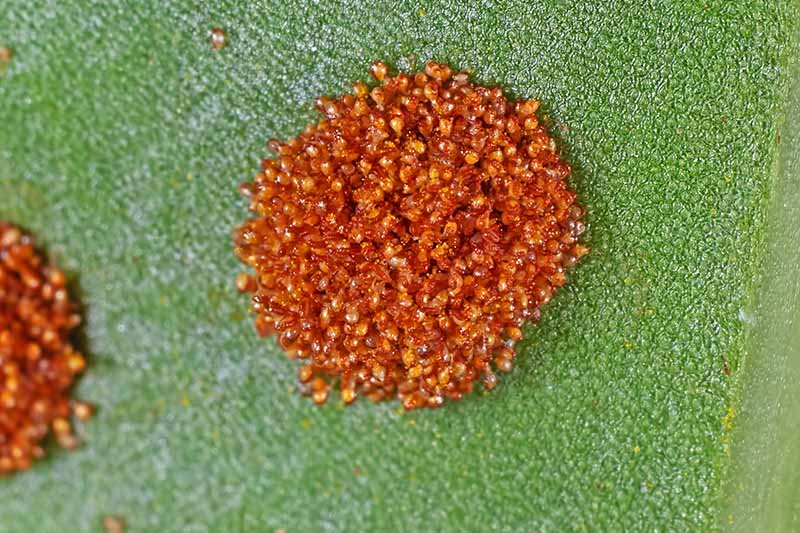
For more info on how to do that, our forthcoming spore propagation guide is sure to be as interesting as it is educational.
Via Runners
Ever seen the thin, bristly offshoots poking out from between a fern’s fronds?
Those are known as runners or stolons, and species and cultivars of Nephrolepis such as ‘Duffii’ are known to develop them.
In nature, the runners form new plants when they come into contact with the soil. But in houseplants, they tend to just trail over the sides of containers with nothing to root in.
You can take advantage of the formation of these structures and grow new plants by setting a container filled with a well-draining growing media next to the mother plant.
Once it puts out a runner long enough to reach the adjacent container, affix it to the growing media with a horticultural staple or a small stone.
Keep the soil in the neighboring container moist while the runner develops new roots and shoots.
When several fronds have formed, you can sever the runner like a botanical umbilical cord and consider the baby plant fully propagated!
Via Dividing
Due to its diminutive size, dividing a lemon button fern is pretty easy – you can do it with your fingers!
You should plan to divide ‘Duffii’ every three to five years, or whenever you notice symptoms of age or a struggle in tight quarters such as smaller-than-normal fronds or the center of the plant dying out.
Prior to dividing, give it a nice drink. After that, dig the plant out and tease apart its root system.
You’ll usually divide it into halves or quarters, depending on its overall size and how many divisions you want.
Pot up each division, water them in, and presto! Propagation complete.
Via Transplanting
Maybe you’ve purchased a plant?
Fill an appropriately-sized pot with a well-draining growing medium, and prepare a hole in the center that’s large enough to accommodate the transplant’s root system.
Remove the transplant from its container, place it in the prepared pot, and backfill the hole with your potting mix.
Gently tamp down the soil, water in the transplant, and maintain moderate moisture afterwards.
Find more details in our fern propagation guide.
How to Grow
When it comes to houseplants, you get out what you put in. If you put in the necessary work to care for your ‘Duffii’ properly, it will pay you back with years of ornamental beauty.
Climate and Exposure Needs
When grown indoors, ‘Duffii’ prefers a temperature range of 60 to 80°F, although it can tolerate temps as low as 55°F for short durations.
Provide indirect light by choosing a location near a south- or west-facing window, but don’t place pots close enough to be scorched by direct sunlight, which will harm the fronds.
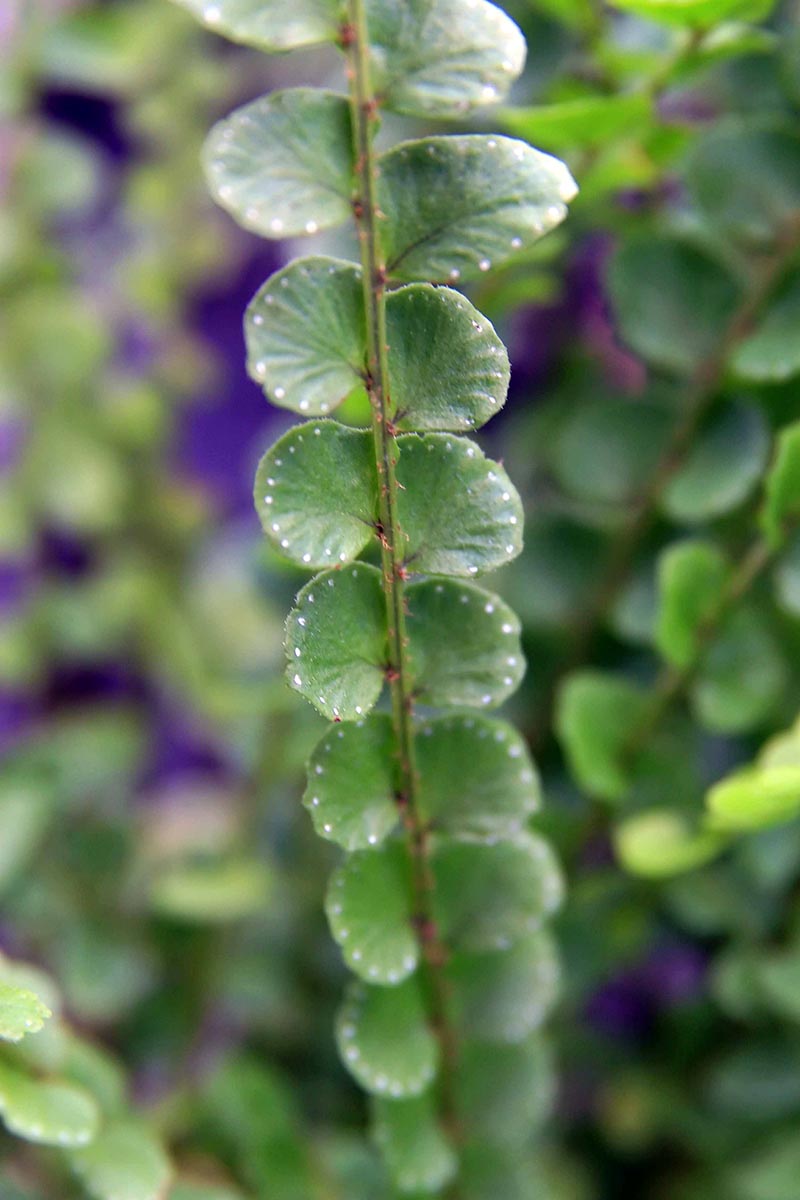
Lemon button ferns prefer humidity levels of at least 70 percent.
Humidity can be provided by a nearby electric humidifier, placing pots on a pebble tray filled with water which will evaporate into the air, or moving the specimen into a bathroom on occasion.
You can also group your fern closely with other plants, so the combined ambient evapotranspiration benefits them all, keeping the air from turning overly dry.
Growing a lemon button fern in a proper terrarium will also help to keep the air humid. You’ll need to place the terrarium either near a window or under some LED lights to keep it adequately lit.
Growing Media Needs
First and foremost, make sure the media that you choose to plant in is well-draining – a 50-50 mix of peat moss and perlite works just fine.
Lemon button ferns also prefer an acidic to neutral pH of 4.0 to 7.0. Within this range, a ‘Duffii’ will benefit from optimal nutritional uptake!
Irrigation and Fertilization Needs
‘Duffii’ requires constant moisture for healthy growth, so add water whenever the surface of the potting medium is dry to the touch.
Make sure not to go overboard on irrigation – you don’t want to let the roots sit in an oversaturated medium.
On that note, always be sure to select containers that provide adequate drainage as well.
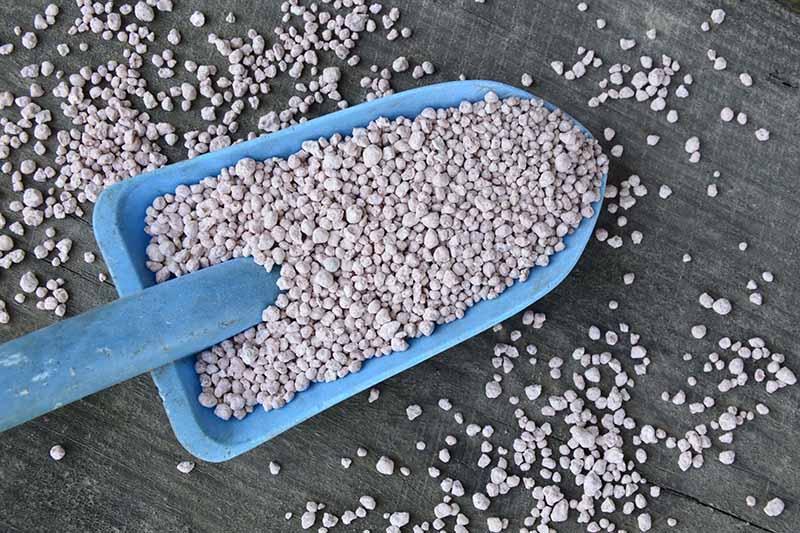
It’s important to provide supplemental nutrients to your lemon button fern, especially when it’s rooted in a soilless medium.
Add a balanced fertilizer – diluted down to half-strength – to the soil every two to four weeks during the growing season. There’s no need to fertilize during dormancy!

Jack’s Classic All Purpose Fertilizer
Find one-and-a-half-liter packages of Jack’s Classic 20-20-20 (NPK) fertilizer available from JR Peters on Amazon.
Don’t forget to add twice as much water as what’s recommended on the label when you mix up this powdered product.
Growing Tips
- Temperatures of 60 to 80°F are optimal.
- Provide well-draining growing media.
- Irrigate whenever the surface of the potting medium feels dry.
Maintenance
As a ‘Duffii’ ages, it’s bound to accumulate some dead or damaged fronds. Whenever you happen to spot any, give the afflicted greenery the ol’ snip-snip with sterilized blades.
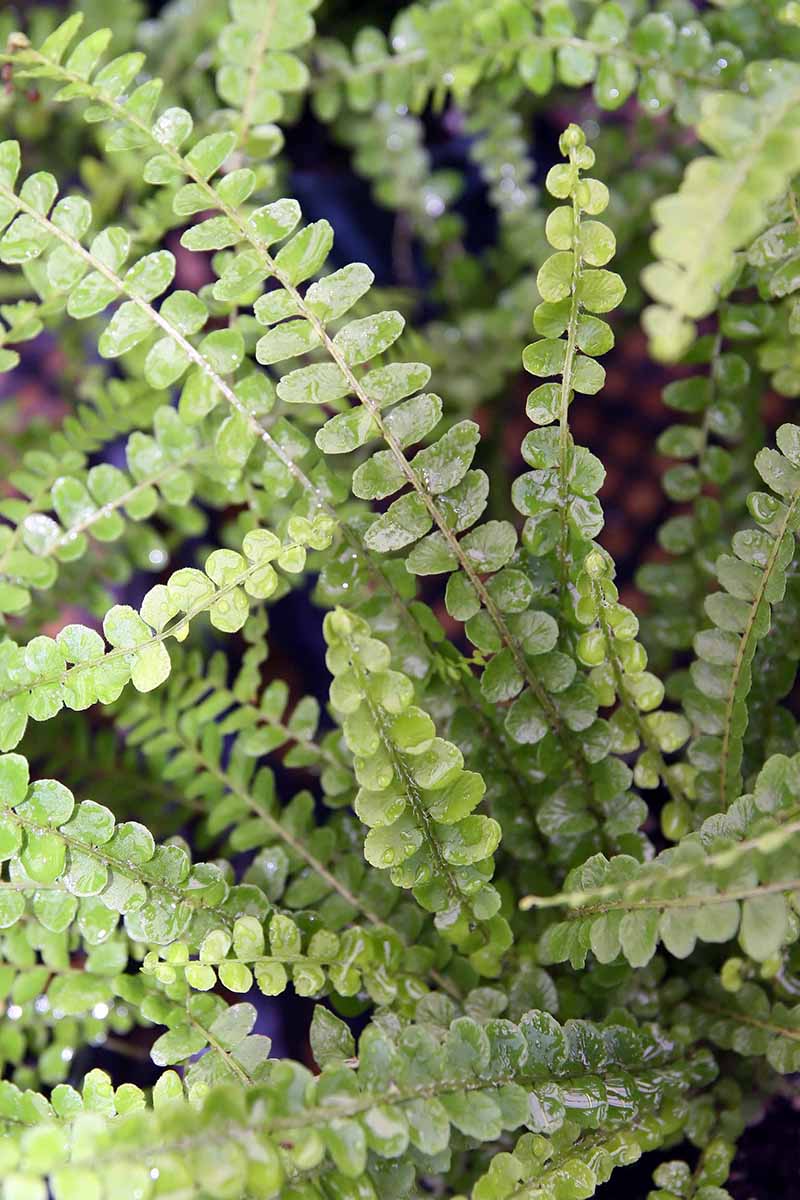
You should repot your lemon button ferns whenever they become root-bound or outgrow their containers.
Go up a single size when selecting a new pot, and don’t forget to use fresh media.
Where to Buy
Whether as a gift for a friend or as a way to treat yo’ self, a ‘Duffii’ purchase is well worth it. But where should you go to snag a lemon button fern?
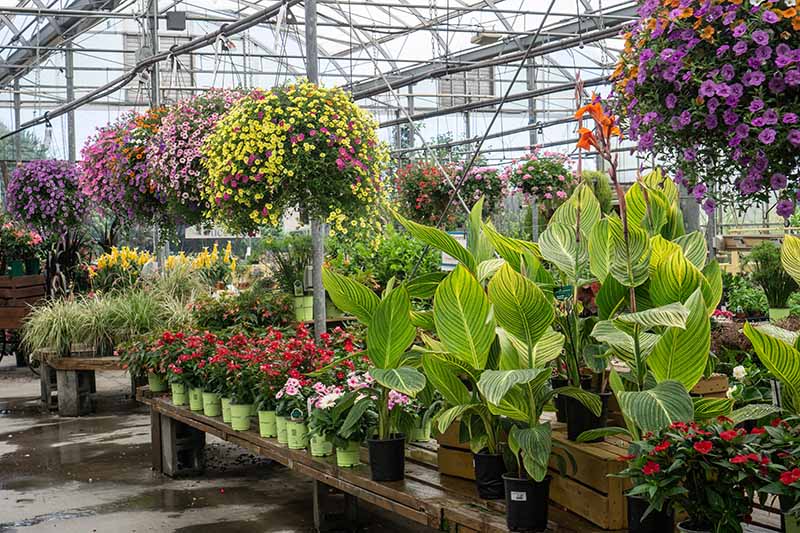
To start, a safe bet would be to look anywhere where ferns are typically bought and sold.
Since ‘Duffii’ isn’t the most common variety, seek out specialty houseplant stores over your big-name garden centers.
If you attend plant swaps or other horticultural events, keep your eyes peeled for a lemon button fern that you can acquire.
Mooching a propagule from a friend who also grows houseplants is another solid option, especially if you have a plant of your own to trade.
For those who prefer to shop online, Amazon and The Home Depot offer lemon button ferns in four-inch grower pots.
Managing Pests and Disease
When we look at a houseplant such as ‘Duffii,’ we see a beautiful organism that we can flaunt.
Pests and pathogens, however, view lemon button ferns as clumps of life to leech resources from. It’s our job to deter them.
Insects
Creepy-crawlies can vector disease with ease, so controlling them can prevent both infestations and infections.
Mealybugs
Mealybugs look like white, cottony clumps, taking up sugars with their piercing-sucking mouthparts like you or I might do with a tropical punch Capri Sun.
Able to infest roots and shoots alike, depending on the variety, these pests can eventually cause stunted growth and necrosis.
Saturating the soil with an insecticide will hit these pests where they live – literally!

PyGanic Gardening Pyrethrin Concentrate
Pyrethrin is one such insecticide, available as a concentrate in eight-ounce containers from PyGanic Gardening via Amazon.
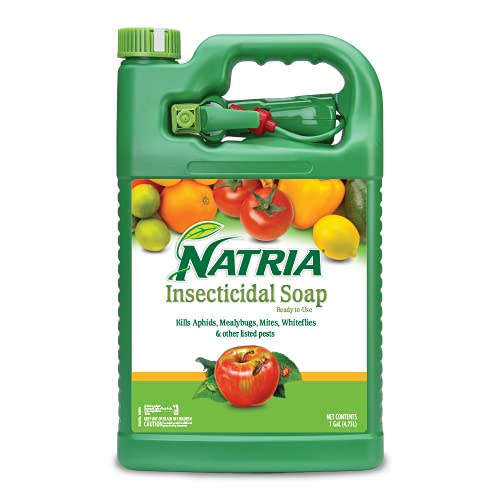
For additional control above the soil line, apply direct spays of insecticidal soap to infested foliage. For an organic, ready-to-spray insecticidal soap from Natria, head over to Amazon.
Scale
Both armored and soft-bodied varieties of scale are round-bodied insects that also feed via sucking from plant phloem.
Their small size can conceal them pretty well on larger plants, but less so on dwarf varieties such as ‘Duffii.’ Infestation can lead to stunted growth, necrosis, and overall weakness.
Scale insects may be dealt with just like mealybugs – an insecticide drench applied to the soil, insecticidal soap sprayed on the fronds, or a one-two punch of both.
Slugs
The shell-less and booger-esque relatives of snails, slugs secrete a slick mucus that lets them move along on a muscular “foot.”
They feed on plant tissues with their file-like mouthparts, leaving behind smooth-edged holes in foliage that interfere with photosynthesis.

The slime trail that a slug leaves in its wake can be traced back with a flashlight to find the place where the slug entered your home.
The access point can then be sealed up with expanding foam or barricaded with salt, diatomaceous earth, or beer traps.
Additionally, a ring of copper tape affixed around the lips of your containers acts as an electric fence, of sorts – when a slug crosses the tape, an electric shock is produced that deters the pests.
Spider Mites
Spider mites are small, hairy, oval-shaped arachnids that can be hard to spot without a magnifying glass.
More apparent than their bodies are the webs they form, which can give infested plant surfaces a dusty-looking appearance.
Other symptoms of a spider mite infestation include chlorosis, leaf drop, and feeding damage in the form of little white or yellow dots.
Insecticidal soaps work swimmingly for controlling spider mites.
Disease
Using sterilized tools and disease-free soil will go a long way in ensuring that your specimens don’t come down with a nasty sickness. Let’s take a look at the top common culprit, rot.
Crown and Root Rot
Both crown rot and root root have the same cause: too much moisture and not enough air.
In root rot, the roots become necrotic in poorly-draining soils that aren’t sufficiently aerated. Crown rot usually occurs if soil is piled up around the crown of the fern, rather than leaving it exposed.
Both types of rot will lead to deterioration of the foliage and possibly the death of the entire plant.
Providing proper drainage and aeration in the growing media is paramount to prevention, along with leaving the crown uncovered.
If your ‘Duffii’ already has crown or root rot, prune away any affected rhizomes and a proportionate amount of fronds to keep the root-to-shoot ratio balanced.
Any plants that are too far gone should be thrown away.
Best Uses
While the lemon button fern probably lacks the ample frondage required to gracefully spill over the sides of a hanging basket, its compact size makes it ideal for squeezing into those cramped spots where larger houseplants won’t fit.

If you’re into terrariums and need some fronds to add to the mix, ‘Duffii’ has all the mini-majesty you could ask for.
And for those who appreciate the scent of citrus, lemon button ferns are a fragrant delight.
Quick Reference Growing Guide
| Plant Type: | Herbaceous evergreen perennial | Maintenance: | Low |
| Native to: | Asia, Australia, North America, South America | Soil Type: | Fertile, moist |
| Hardiness (USDA Zone): | 8-10 | Soil pH: | 4.0-7.0 |
| Exposure: | Indirect sun/partial shade | Soil Drainage: | Well-draining |
| Planting Depth: | Depth of root system (transplants) | Uses: | Compact spaces, containers, houseplant, indoor aroma, terrarium planting |
| Height: | Up to 12 inches | Order: | Polypodiales |
| Spread: | Up to 12 inches | Family: | Nephrolepidaceae |
| Growth Rate: | Slow | Genus: | Nephrolepis |
| Water Needs: | High | Species: | Cordifolia |
| Common Pests and Diseases: | Mealybugs, scale, slugs, spider mites; crown rot, root rot | Cultivar: | ‘Duffii’ |
Don’t Let ‘Duffii’ Turn Your Ego Puffy
It’s only natural to take pride in a beautiful houseplant collection.
But once a lemon button fern joins the lineup, a healthy self-esteem can transform into conceit all too easily. Stay humble, and never forget your pre-‘Duffii’ roots.
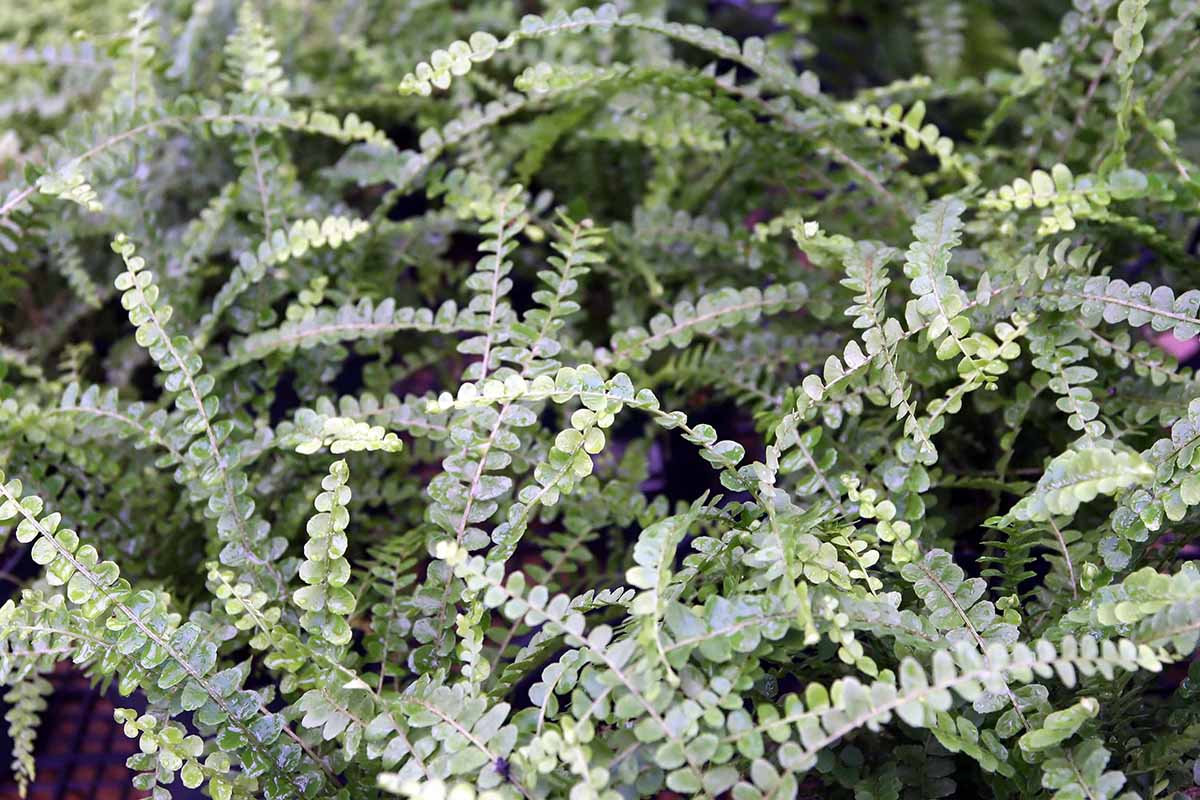
The placement options for this plant are nearly limitless, so have fun discovering creative places to put yours!
Don’t forget, we love hearing from our readers. Any remarks or further inquiries can go in the comments section below.
Found a “frond” in ferns? Behold these other pteridophyte guides:
